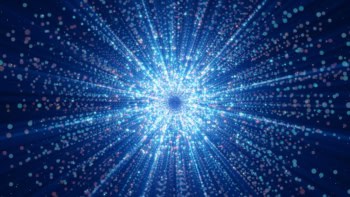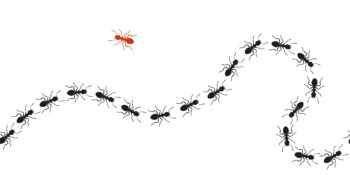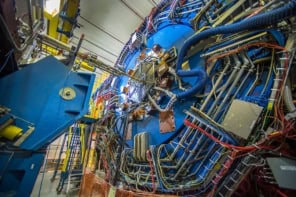Melvin Schwartz, who shared the 1988 Nobel Prize for Physics, died on Monday at the age of 73. He shared the prize with Leon Lederman and Jack Steinberger for developing a way to generate beams of neutrinos. Their work, which took place at the Brookhaven National Laboratory in the US in the early 1960s, also showed that neutrinos can exist in more than one type or "flavour".

Born in New York City in 1932, Schwartz studied physics at Columbia University, where he graduated in 1953. He stayed on at Columbia to do a PhD, carrying out experiments on Brookhaven’s first accelerator, the Cosmotron. In 1958 he was appointed assistant professor at Columbia, before becoming associate and then full professor in 1963.
It was while at Columbia, that Schwartz, Lederman and Steinberger performed their Nobel-prize-winning work. They wanted to find a way of producing beams of neutrinos so that they could study how the weak force behaves at high energies. At the time, the only way to study the weak force was through radioactive decay, which occurs at relatively low energies.
Schwartz, Lederman and Steinberger therefore designed an experiment using Brookhaven’s Alternating Gradient Synchrotron, in which a beam of high-energy protons was slammed into a metal beryllium target. The resulting cascade of particles included some that always came out in pairs consisting of a muon, which is a heavy version of an electron, and a neutrino.
A steel wall made from material from scrap warships was used to remove all particles except the neutrinos, which passed unhindered through the wall in the same direction as the protons. Schwartz and his co-workers were then able to detect the neutrinos by watching the sparks created when the particles interacted very occasionally with the atoms in a ten-ton aluminium detector.
Because the neutrino reactions only ever produced muons, rather than electrons, they concluded that neutrinos must come in at least two types — muon-neutrinos and electron neutrinos. In fact, we now know a third flavour of neutrino — tau neutrinos — also exists.
In 1965 Schwartz moved to Stanford University in California. But annoyed by the increasing size of physics collaborations, he took the unusual step of founding a computer security company called Digital Pathways in Silicon Valley in 1970. He initially remained at Stanford, but joined the firm full time in 1983 as chief executive.
In 1991 Schwartz moved back to physics, becoming associate director of high-energy and nuclear physics at Brookhaven, where he oversaw the construction of the four detectors at the lab’s Relativistic Heavy Ion Collider. He stayed there until 1994 before returning to Columbia until 1997.



